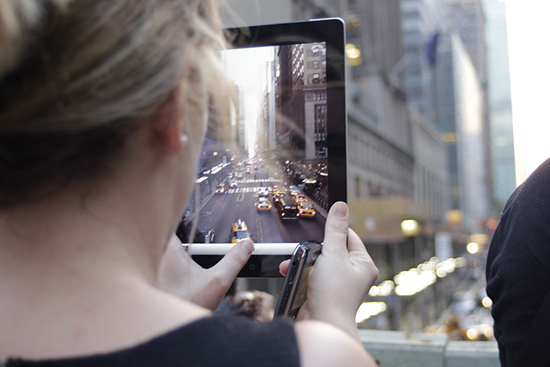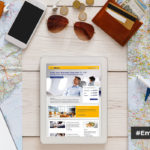What does Facebook Live Mean for Marketers?
Engagement has always been at the centre of social media. This is not to say that sales aren’t integral, but the better a company engages with its audience the more likely it is to generate sales.
Social media has given us so many tools to engage with our audiences as marketers. Recently, Facebook Live came into the mix, giving everyone the opportunity to share their experiences as they happen.
The opportunities are boundless for all Facebook account members, but our focus is on marketers and the impact Facebook Live has on the way they express the brand. So let’s have a close look at what Facebook Live means for marketers, shall we.
What is Facebook Live?
The concept of sharing experiences live is nothing new. In fact, it could be argued that Facebook is rather late to the game. However, they’ve entered the fray with a product that is competing against other products that have arguably flopped. We don’t need to mention MeerKat, and know that Twitter’s Periscope isn’t riding the social media wave.
So what sets Facebook Live apart?
Nothing much really. The mechanics are the same. Facebook’s Mark Zuckerberg, however, sees live broadcasting as the future of social media.
The opportunity to tell your story as it happens is a powerful tool to increase engagement. We know this because Twitter’s live feed is testament of the beauty of reading events as they happen. So while the mechanics might be somewhat the same as MeerKat and Periscope, Facebook Live might still have a chance through creative execution.
For one, Facebook Live isn’t a standalone app. It’s part of Facebook’s DNA. As a result, it can be integrated into our posts seamlessly and shared with our audience without them having to switch between apps.
There’s no arguing that Periscope streams on Twitter, but marketers still need to have Periscope by itself to broadcast. What’s more, it doesn’t stream on other social media apps, especially Facebook and Instagram. This makes it rather difficult to create a seamlessness, as marketers have to balance the different social media aggregators to create the experience. The more aggregators you have, the more chances of a disjointed message.
However, an integrated live broadcasting app can help with centralising or limit the point(s) where information is defused to the audience. You don’t need to install an additional app; just ensure that Facebook is up to date and you’re ready to go.
But what does Facebook Live mean for marketers?
If Facebook Live catches on, marketers will have more scale to add dynamism to their content. Instead of publishing high end videos that are broadcast after months of casting, shooting and editing, marketers can shoot videos there and then.
This is not to say that there’s no planning or strategy involved, but aspects such as timeline and budget are no longer such a hindrance. All you need is a smartphone that shoots crisp video, a good internet connection and a story board. So brands can begin to narrate their experiences as they happen.
How can marketers capitalise on live narration?
Brand events – for example – would in the past either be live tweeted or reported via video the day after or days later.
While text is great, it doesn’t capture attention as much as video. A survey revealed that 82% of marketers reported on video as having a positive impact on their business.
However, trends can impact the appeal of a video, and trends are affected by time. Videos released days later, are less likely to have the same engagement as videos released live.
So this is all about the narrative expanding, right?
Exactly. What this means is that marketers can now live broadcast a variety of events such as:
- Product reviews
- News Stories
- Opinions
- Demonstrations (how it works)
Coupled with a good strategy where marketers make use of tools and strategies such as influencers; promoting their live-stream well before it happens; implementing a well thought out creative direction; allocating enough resources; and only broadcast what is relevant to their audience, and you have a winning recipe.
The style of narration will greatly determine how much engagement they achieve.
Furthermore, Facebook Live also allows for people to comment on the post as it happens, so marketers can also respond to reactions at a moment’s notice. Facebook has even provided a step by step guide on how to successfully win at livestreaming. One of their main points is that marketers must mention the respondents by name, thereby creating more of a connection than before.
At the end of the day, it’s all about engagement. Facebook Live might fall at the wayside (only time will tell), but for the moment marketers must harness their creative strength and resources to maximise the hype that the new tool is offering. Those who do so can look forward to an increase in engage, which leads to an uptick of fans, and stimulation of sales.




